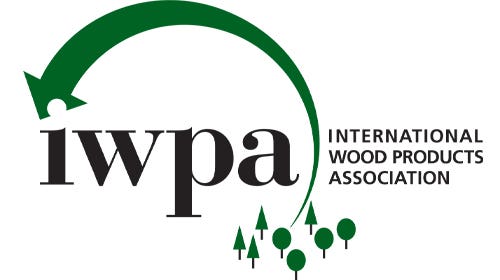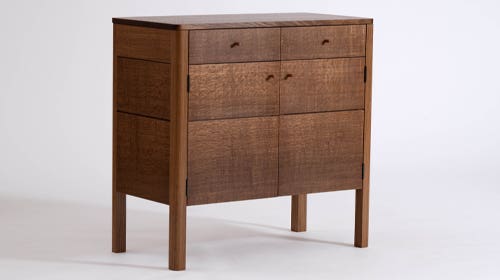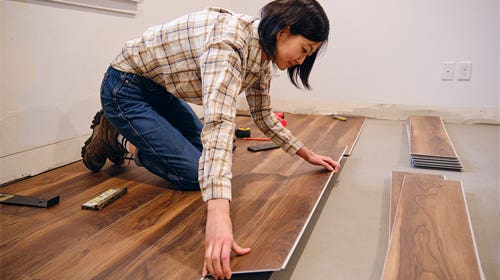Slowly, ash is making a slight comeback
It’s not earth-shattering news, but for the first time in years wood dealers are talking about increased sales of ash, the wood specie that gets no respect. Sales and inquiries…
It’s not earth-shattering news, but for the first time in years wood dealers are talking about increased sales of ash, the wood specie that gets no respect. Sales and inquiries are up in the domestic and export markets. Although the wood is suitable for cabinets, furniture and flooring, ash sales have lagged behind oak for years despite its attractive price. So what’s behind the new interest?
“The movement and pricing has improved somewhat, particularly in the No. 1 and No. 2 common areas,” says Dan Caldwell, a retail and wholesale dealer with Atlanta Hardwood Corp. in Mapleton, Ga. “The problem with ash is that it’s such a minor specie. But that helps ash when mills have low log inventories; they’ll start cutting ash. The combination of a slight uptick in demand on the No. 1 and No. 2 common, particularly from China, and decreased [overall mill] production has helped ash out a little bit.”
“It’s an excellent wood, similar to the oaks, and we sell a moderate amount, but nothing compared to the oak,” says Steve Wall, owner of Wall Lumber in Mayodan, N.C. “The stability on pricing hasn’t changed much for me yet. I think it is a real hidden value. To me, it’s a touch different than the oak and I push it all I can, especially with people doing cabinets. It’s not something your neighbor is going to have.”
“I have no problem getting it all the way up to 12/4. We offer that and cut it up into baseball bat blanks and sell quite a bit,” Wall says. “We regularly get up to 14' lengths. It’s really quite available in our area.”
White ash grows in the Eastern United States and trees reach heights up to 80' with trunk diameters up to 5'. The wood is strong and straight-grained with a brown to dark-brown heartwood, and its sapwood is nearly white. White Ash (Fraxinus americana), also known as American ash, is the most commercially valuable of the 18 ashes in the United States, as well as the most common. White ash should not be confused with black ash (Fraxinus nigra), which is slightly darker and occasionally called swamp ash.
“One thing with ash is the price is down, so I think it’s a good alternative, and we’ve had a reasonable amount of sales,” says Dave Harris, of Parkerville Wood Products in Manchester, Conn. “I think people chose it because of price. It’s one of the more reasonable hardwoods for sure right now.”
Ash is used for furniture, cabinetry, flooring, doors, architectural millwork, molding, tool handles, baseball bats, hockey sticks, oars and turnings, and is also sliced into veneer.
“We’re probably moving a little more than normal, but walnut seems to be the hot ticket for the last year-and-a-half,” says Christ Groff of Groff & Groff Lumber in Quarryville, Pa. “It’s going to furniture makers and cabinetmakers. Everybody that I know that uses it
really likes it. It’s actually a very underused wood.”
“It’s not going to be like it was in the ’70s and the early ’80s when it was a major force in a lot of furniture production in this country,” adds Caldwell. “It was used primarily as an oak substitute and that’s what it’s being used for in China. We do occasionally load a container of [FAS] going into Europe, primarily Italy.”
Retail prices for 100/bf of kiln-dried 4/4 FAS ash, surfaced on two sides, ranged from $2.50 to $3.10/bf in the Northeast; $2.60 to $3.30/bf in the Southeast; $3 to $3.65/bf in the Midwest; and $3.90 to $4.40/bf in the West.
Wholesale prices for 1,000 bf of kiln-dried 4/4 FAS ash ranged from $2,250 to $2,750/mbf in the Northeast; $2,350 to $2,850/mbf in the Southeast; $2,590 to $3,050/mb in the Midwest; and $3,240 to $3,950/mbf in the West.
Prices were higher in the West because of transportation costs.
This article originally appeared in the November 2008 issue.







